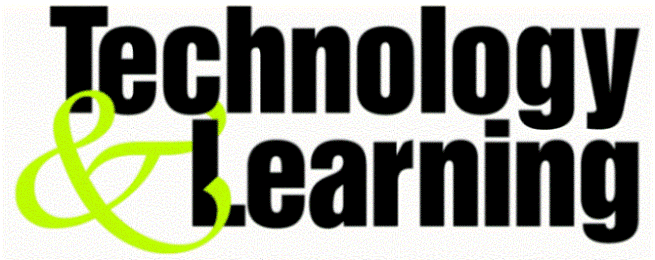The original Ethernet was developed as an experimental coaxial cable network in the 1970s by Xerox Corporation to operate with a data rate of 3 Mbps using a carrier sense multiple access collision detect (CSMA/CD) protocol for LANs with sporadic but occasionally heavy traffic requirements.
What is Ethernet: -
Ethernet is a connection media access method that allows all hosts on a network to share the same bandwidth [communication expressed in bit/s or Kbit/Mbit/sec] of link.
Ethernet is popular because it’s readily scalable, meaning that it’s comparatively easy to integrate new technologies such as:-
1:- 10 mbps – 10 base2 T Ethernet
In 1990s 10Base2 was popular Ethernet Technology. The “10” in 10Base2 is stands for “10mbps”; the 2 stands for “200 meters,” which is the approximate maximum distance between any two nodes without repeaters between them.
The physical media is used to connect the nodes is thin coaxial cable.
2:- 100 mbps – Fast Ethernet
The 100BaseT Ethernet transmits at 100 mbps. 100BaseT is also called “Fast Ethernet” and “100 mbps Ethernet”. Both 10BaseT and 100BaseT use star topology. The “T” in both 10BaseT and 100BaseT is stands for twisted pair.
We briefly mention at this point that both 10 Mbps and 100 Mbps Ethernet technologies can employ fiber links.
The IEEE 802 standards permit a LAN to have a larger geographical reach when fiber is used to connect backbone nodes.3:- 1000 mbps- Gigabit Ethernet:
Gigabit Ethernet is highly successful Ethernet Standards. Offering a raw data rate of 1000 Mbps. Gigabit Ethernet maintains full capability with the huge installed base of Ethernet equipment. The standard for Gigabit Ethernet referred to as IEEE 802.3z and does the following:--
A.) Uses the standards Ethernet frame format and is backward compatible with 10 and 100 mbps Technologies.
B.) Allows for point to point links as well as shared broadcast channel.
C.) Uses CSMA/CD for shared broadcast channels.
CSMA/CD: - Ethernet networking uses Carrier Sense Multiple Access with Collision Detection (CSMA/CD).
A protocol that helps devices share the bandwidth evently without having two devices transmit at the same time on the network medium. 


No comments:
Post a Comment